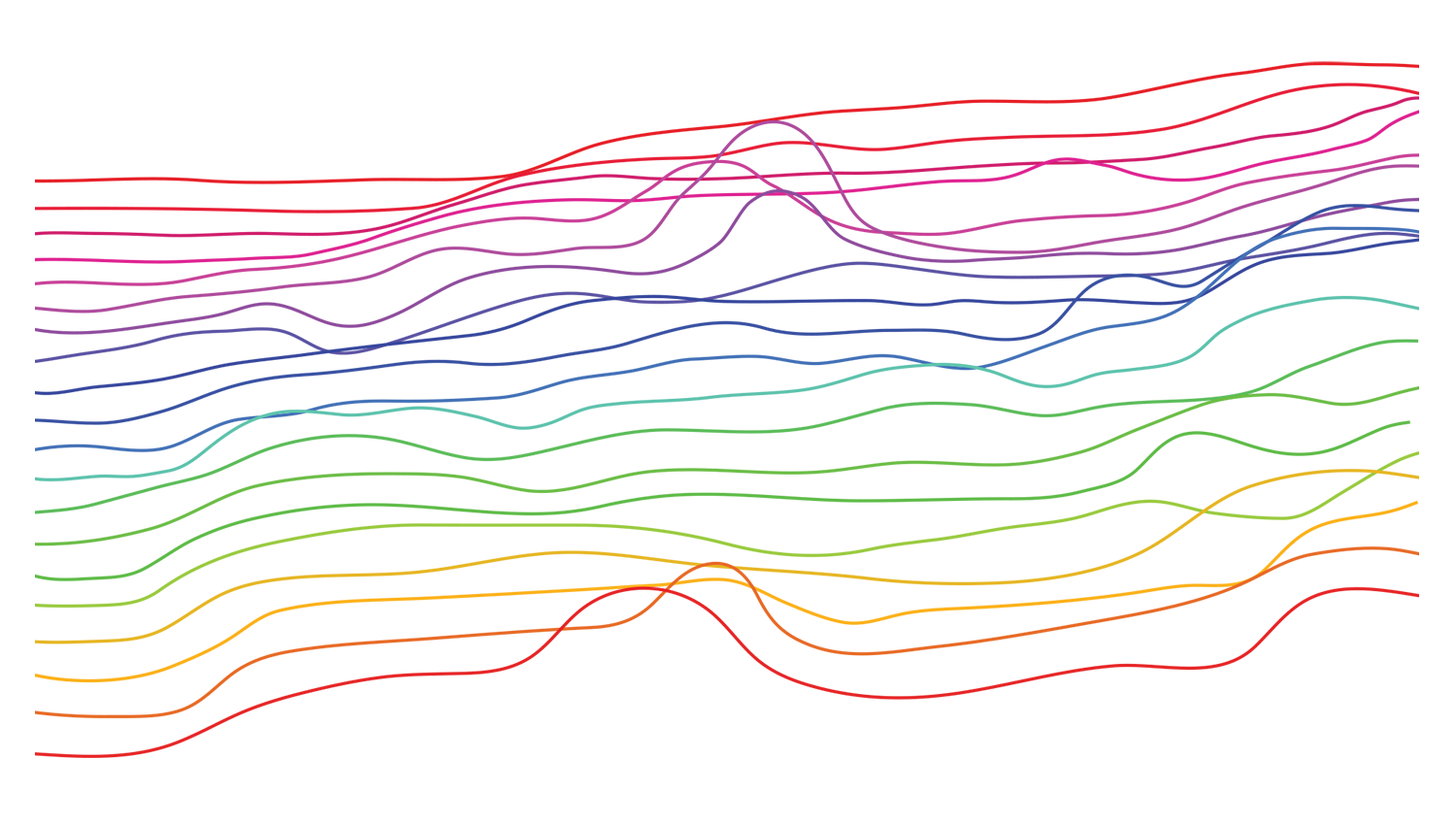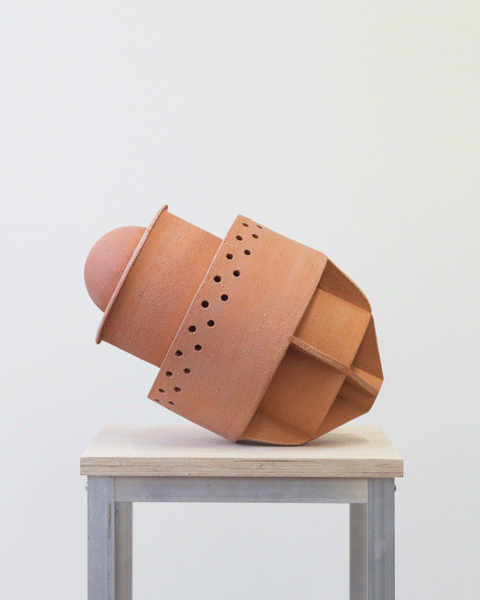Commissioned by Edinburgh Printmakers, supported by the National Lottery Heritage Fund and sponsored by Vastint
2019
Glass fibre reinforced concrete
Commissioned by Edinburgh Printmakers for their new premises at Castle Mills, Catalogue Wall was created in reference to the building’s original function as the head offices of the North British Rubber Company (NBRC), which occupied the site from 1857 to 1966.
Using promotional material held in the NBRC archives as reference, each of the 45 panels feature elements associated with the North British Rubber Company and rubber production, from iconic products such as rubber boots and hot-water bottles to clincher tyre tracks and more obscure items like gaskets, tubing, expansion joints, and rubber horseshoes.
The work seeks to show the history associated with the building while linking it to its current use as Edinburgh Printmakers. The footprint made by a boot or the tracks made by bike tyres are examples of printmaking in its simplest form and the idea of the multiple is fundamental to both mass production and the creation of artist’s print editions.
Many of the panels combine positive and negative forms, a reference to the fact that the items produced by the NBRC were made using mould making and casting techniques in which many copies of the same object are produced from an original mould. Similar techniques were used to make the panels but instead of casting soft rubber shapes from hard moulds, rubber moulds were used to cast the concrete panels.
As well as featuring casts of original and reproduced objects, the work also includes a cast of leaves from Hevea brasiliensis (commonly known as the rubber tree), which were kindly donated by the Royal Botanic Garden Edinburgh.
Photography by Alix Mcintosh.

















































